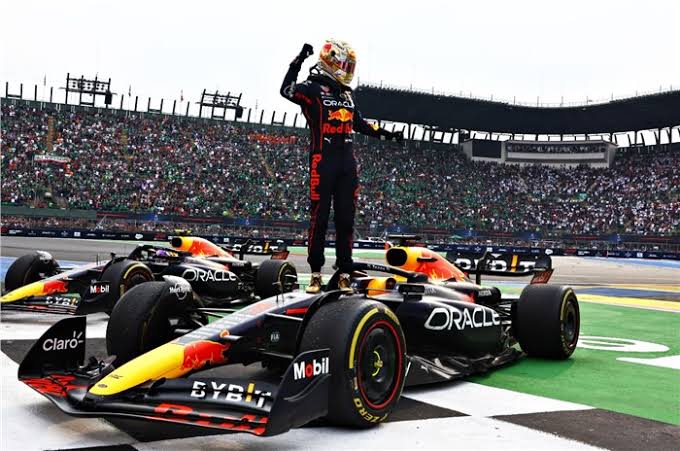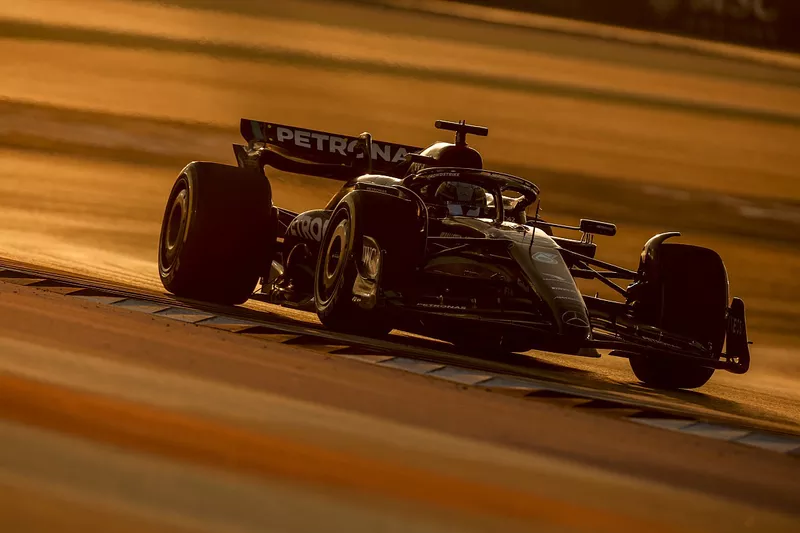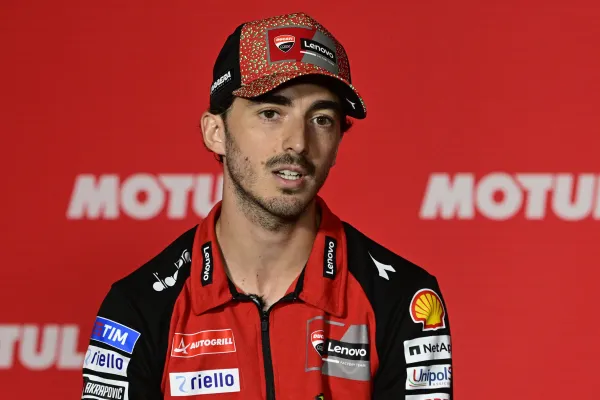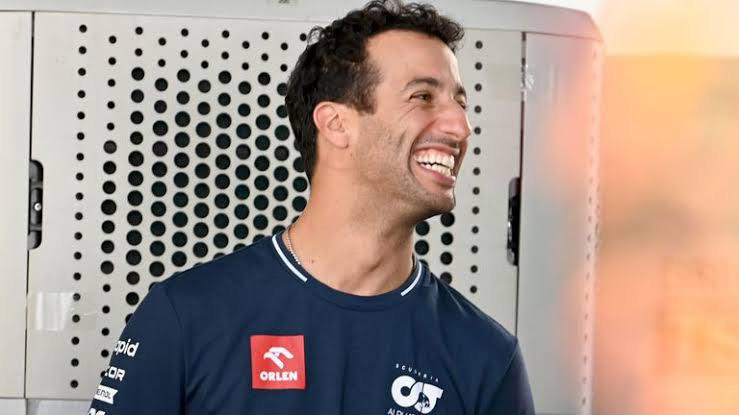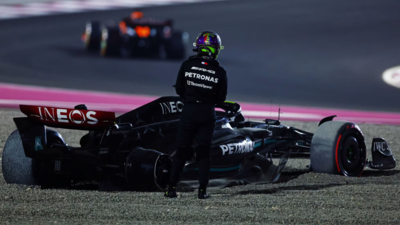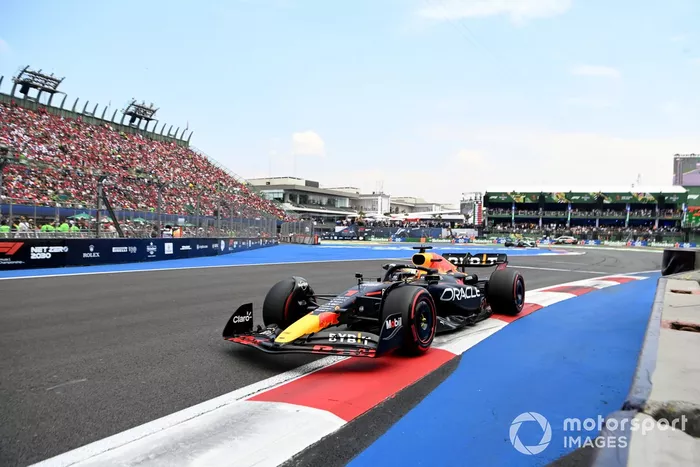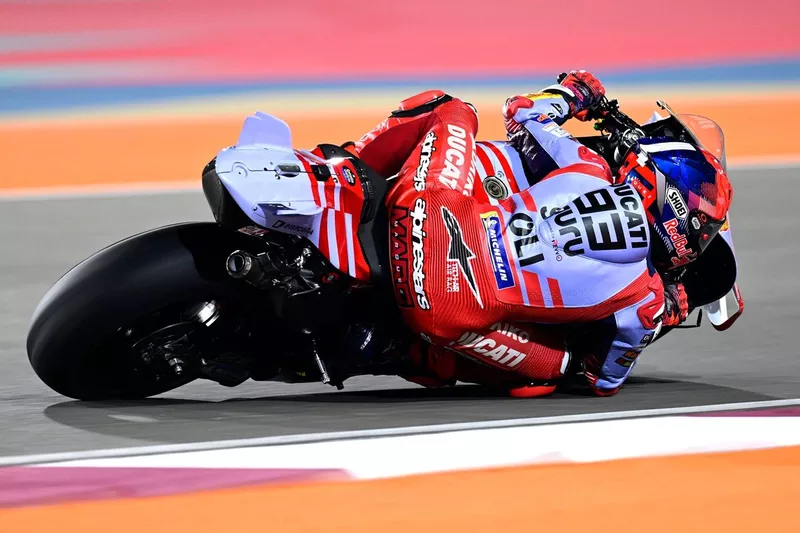Mercedes Running Cameras for FIA Flexi-Wing Checks
Mercedes is among the teams selected by the FIA to use cameras on their cars during the Belgian Grand Prix as part of the video analysis of flexible front wings. This measure is part of an ongoing investigation to understand how teams are managing the flexibility of their front wings, a crucial aspect for aerodynamic performance in Formula 1.
The FIA, F1’s governing body, has decided to equip the cars of several teams with special 4k video cameras mounted on the front noses to monitor wing flexing at Spa-Francorchamps. The goal is to collect data that could influence future regulations and ensure compliance with current deflection rules.
Mercedes Among the Selected Teams
Mercedes confirmed that it is among the teams using these cameras this weekend. Andrew Shovlin, the team’s trackside engineering director, stated that Mercedes is not concerned about the flexibility of their front wings, noting that all car parts are designed to pass the FIA’s deflection tests.
“They are installed on the W15 here in Belgium. We’re not concerned about flexibility because, like any part of the car subject to a deflection test, it’s designed to pass the test,” said Shovlin. “This activity is about data collection. I think they’re trying to understand what the entire grid is doing in terms of stiffness and flexibility on track. We’ll help with that, we’ll collect the data, and we’ll see what’s next. But we’re not worried about the regulations.”
Checks Across the Grid
In addition to Mercedes, teams such as Red Bull, Ferrari, McLaren, and Haas are also using the cameras for these checks. The FIA emphasized that these checks are not aimed at cracking down on current team practices but rather at better understanding front wing flexibility under race conditions, with the aim of adjusting regulations for 2025 and beyond.
An FIA spokesperson explained to Motorsport: “The FIA has decided, starting from Belgium and for an indefinite period, to measure the overall front wing deformation on track. The forward-facing cameras provided by FOM unfortunately cannot capture the entire front wing, as a large outboard section is not covered by the angle.”
Future Regulations
The ultimate goal of these checks is to gain a deeper understanding of the flexibility of F1 car bodywork under aerodynamic load. This will allow the FIA to develop more precise and effective regulations for the future, promoting a more competitive and safe sport.
Detailed data collection through these cameras will help the FIA assess the rigidity and flexibility of front wings in real race conditions. This collaborative effort between the FIA and F1 teams like Mercedes aims to ensure that all technological innovations comply with the rules and contribute to the sport’s integrity and fairness.
With Mercedes and other major teams playing an active role in this process, the expectation is that future regulations will result in a more balanced and fair competition, ensuring exciting and safe races for drivers and F1 fans alike.

